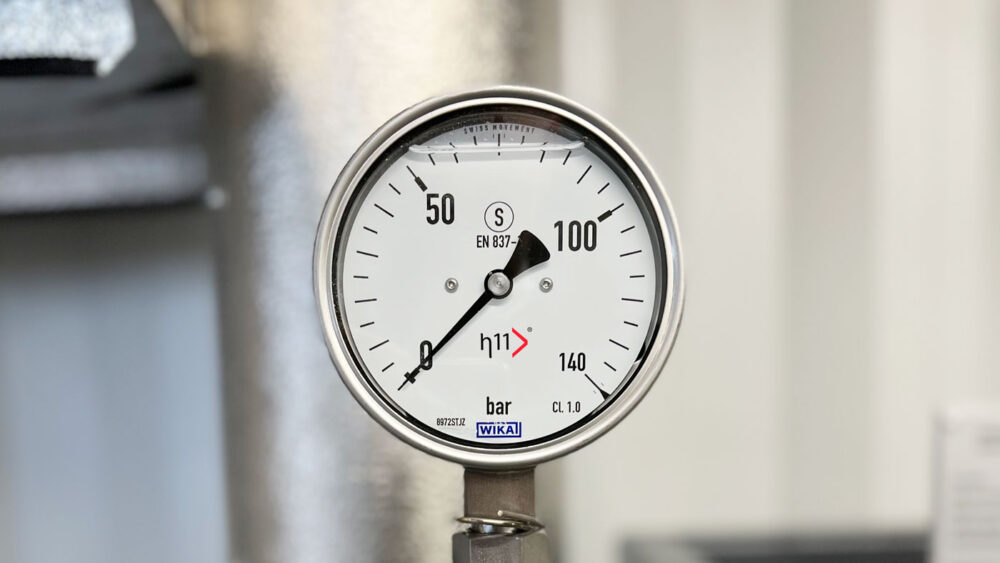Loss of pressure means loss of money
Pressure losses in heat transfer plants basically arise by friction on the interior walls of heaters, piping, fittings or instruments. When the cross-section of the components is decreased, additional components are used or the piping is extended, the resistance in the system increases. As a consequence the pressure loss of the plant increases and the pumps require more energy to guarantee the transport of the heat transfer medium to the consumer.
Investigations have shown that 90 % of the pumps that are installed in Germany at domest heatings are either incorrectly set or over-designed. Experience has shown us that this finding can often also be applied on thermal oil plants. High pressure losses therefore result in over-dimensioned pumps – and thereby lead to significantly higher operating costs.
Potential Savings:
Depending on the plant configuration, about 20 to 30 % of the electricity costs for the pumps could be saved by optimization of the plant pressure losses.
A plant with a heater
of 10.000 kW and 8.600
operatig hours annually
over EUR 20.000 per year
respectively EUR 300.000
over a useful life of 15 years
All components in sight
The decisive factor for the pressure loss optimization is to take a closer look at all the plant components:
- When choosing pumps, fittings and other aggregates special attention is to be paid to their pressure losses. Larger nominal widths minimize the pressure loss.
- The same applies analogue to the piping: Higher cross-sections minimize the pressure losses, longer piping increases it.
- A very effective tool to reduce pressure loss are pump groups (pre-assembled at the factory) in compact design. Beside short piping distances there are also savings for the plant assembly since the assembly unit is completey pre-assembled and piped.
- A generous design of the heater does not only lead to a lower load of the heat transfer medium, but also effectively reduces the pressure loss of the entire plant.





Comments are closed.